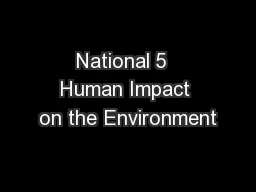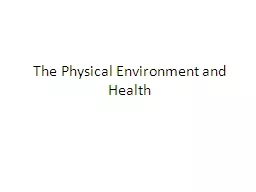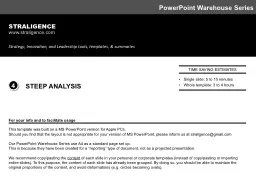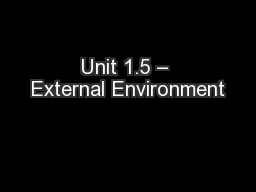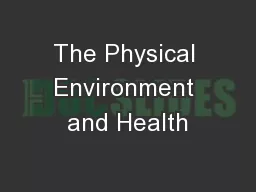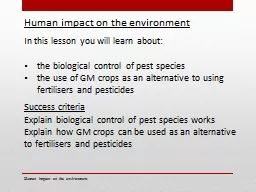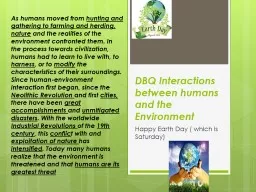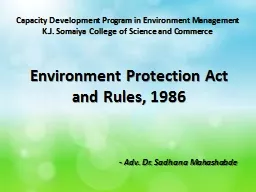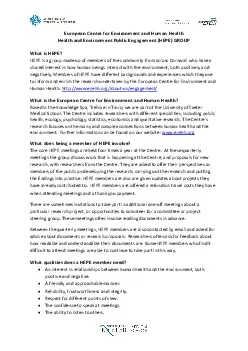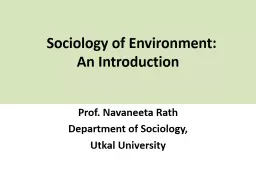PPT-National 5 Human Impact on the Environment
Author : test | Published Date : 2019-02-14
Mr G Davidson The human population is different from all other populations in that a number of the selection pressures have been overcome We have no natural predators
Presentation Embed Code
Download Presentation
Download Presentation The PPT/PDF document "National 5 Human Impact on the Environm..." is the property of its rightful owner. Permission is granted to download and print the materials on this website for personal, non-commercial use only, and to display it on your personal computer provided you do not modify the materials and that you retain all copyright notices contained in the materials. By downloading content from our website, you accept the terms of this agreement.
National 5 Human Impact on the Environment: Transcript
Download Rules Of Document
"National 5 Human Impact on the Environment"The content belongs to its owner. You may download and print it for personal use, without modification, and keep all copyright notices. By downloading, you agree to these terms.
Related Documents

